Sports Medicine
Sports Medicine Services
Sports Medicine is a fast-growing medical specialty that deals with physical fitness and the treatment and prevention of injuries related to sports and exercise. Sports medicine is not just for professional athletes! We specialize in sports and exercise-related injuries, emphasizing identifying, treating, and preventing injury recurrence for pediatric and adult patients.
Our goal is to minimize time off from sports and exercise due to pain or injury. We strive to get our patients back to an active, healthy lifestyle, doing what they love to do most, without discomfort or risk of re-injury.

Common Conditions Treated in Sports Medicine:
Acute and Chronic Back Pain
Concussions
Knee Injuries
Osteoarthritis
Scoliosis
Shoulder Injuries
Simple Fractures
(closed, non-displaced)
Sprains
Sports Medicine Procedures
Joint Injections
Sports Medicine specialists often use joint injections to reduce pain and inflammation in the wrist, elbow, shoulder, hip, knee, or ankle joints. The two most common joint injections are corticosteroid injections and viscosupplementation injections. Corticosteroids are potent anti-inflammatory medications that provide rapid relief by reducing swelling and suppressing the immune response in the affected area. Viscosupplementation injections, also known as hyaluronic acid injections, aim to enhance joint lubrication and decrease friction within the joint. Highly skilled healthcare professionals conduct these injections using ultrasound imaging guidance to ensure accurate placement. While joint injections can offer effective short-term relief, they are often part of a comprehensive treatment plan that may include physical therapy and lifestyle modifications to address the underlying causes of joint pain and dysfunction.
To summarize, although the main objective of using injections to relieve pain is similar across different joints, the techniques, injection sites, and factors to consider are customized to each joint’s specific features and conditions. Healthcare providers specializing in sports medicine evaluate patients to identify the most suitable injection method for their joint problem.
Great Trochanteric Bursitis Injections
Great Trochanteric Bursitis Injections, alternatively known as Bursa Injections, are a Sports Medicine procedure designed to alleviate pain and inflammation associated with inflammation of the trochanteric bursa, a fluid-filled sac near the hip joint. Commonly performed by skilled Sports Medicine healthcare professionals, these injections typically involve the administration of corticosteroids, potent anti-inflammatory medications, directly into the affected bursa. The injection aims to reduce swelling, ease discomfort, and improve hip function. Precise placement is often guided by ultrasound or fluoroscopy to ensure accuracy. Great Trochanteric Bursitis Injections are part of a comprehensive treatment approach that may include physical therapy, activity modification, and lifestyle adjustments to address the underlying causes of bursitis and optimize long-term outcomes. This procedure is particularly beneficial for individuals experiencing persistent pain and limited mobility due to trochanteric bursitis.
De Quervain's Tenosynovitis Injections
De Quervain’s tenosynovitis syndrome is a condition that causes inflammation and discomfort in the tendons on the thumb side of the wrist. This condition can cause pain and swelling, making everyday activities challenging. One common Sports Medicine procedure to address this condition is through De Quervain’s tenosynovitis injections. These injections involve the use of corticosteroids, which are potent anti-inflammatory medications administered into the tendon sheath. The aim is to reduce inflammation and alleviate swelling, which can provide instant relief. These injections are performed by skilled healthcare professionals, with the injection site carefully determined to ensure accurate and effective treatment. However, injections are often part of a comprehensive treatment plan that may include splinting, activity modification, and physical therapy to address the condition’s root causes and optimize long-term outcomes.
Carpal Tunnel Injections
Carpal tunnel syndrome is a condition that affects the median nerve that runs through the wrist. This compressed nerve can cause numbness or tingling in the thumb, index finger, middle finger, hand, and wrist. This sensation may feel like an electric shock that travels up the arm beyond the wrist. Usually, symptoms start mild and gradually worsen over time. Carpal tunnel syndrome often disrupts sleep and wakes people up at night. One significant difference between De Quervain’s tenosynovitis syndrome and carpal tunnel syndrome is the location of the pain. Although both conditions cause pain and discomfort, the specific area of pain differs. People with carpal tunnel syndrome may experience tingling or numbness in their fingers or hands, except for the little finger. In contrast, people with De Quervain’s tenosynovitis syndrome typically only experience pain in the thumb. The treatment for carpal tunnel syndrome is similar to De Quervain’s, however, through the use of corticosteroids. However, injections are often part of a comprehensive treatment plan that may include splinting, activity modification, and physical therapy to address the condition’s root causes and optimize long-term outcomes.
Plantar Fasciitis Injections
The plantar fascia is a thick tissue band that connects the heel bone to the toes. It provides support to the shape of the foot, especially when standing, and helps absorb shock. One of the most common causes of heel pain is plantar fasciitis, which is the inflammation and scarring of the plantar fascia. Plantar Fasciitis injections are commonly used in Sports Medicine to relieve pain and inflammation associated with the condition. These injections contain corticosteroids, a potent anti-inflammatory agent that can reduce swelling and discomfort in the affected area. Sports Medicine physicians can administer the injections directly into the plantar fascia or surrounding tissue to provide targeted relief and improve mobility, using imaging techniques to ensure precision during the injection process. Although these injections can offer temporary relief, they are usually part of a comprehensive treatment plan that may involve stretching exercises, orthotic devices, and lifestyle changes to address the underlying causes and prevent the recurrence of symptoms.
Trigger Finger Injections
Trigger Finger Injections are a common Sports Medicine procedure used to alleviate the symptoms associated with a condition known as stenosing tenosynovitis, commonly referred to as ‘trigger finger.’ This condition occurs when the tendon sheath in the finger becomes inflamed, leading to the finger catching or locking when bent. The injection typically involves the use of corticosteroids. These powerful anti-inflammatory medications are directly injected into the affected tendon sheath. This targeted approach aims to reduce inflammation, alleviate constriction, and promote smoother movement of the affected finger. Skilled healthcare professionals perform these injections, guided by their expertise and sometimes assisted by imaging techniques for precise placement. While trigger finger injections can provide symptomatic relief, they are often part of a comprehensive treatment plan that may include hand therapy, splinting, and modifications in activities to address the underlying causes and optimize long-term outcomes.
Meet Our
Sports Medicine Team

Dr. Asim Merchant, MD, CAQSM
Sports Medicine Physician

Dr. Ali Feili, MD, MBA
Sports Medicine-Focused Adult Medicine Physician

Douglas Lu, DC, DPT, APRN, FNP-C
Sports Medicine-Focused Family Nurse Practitioner & Physical Therapist
